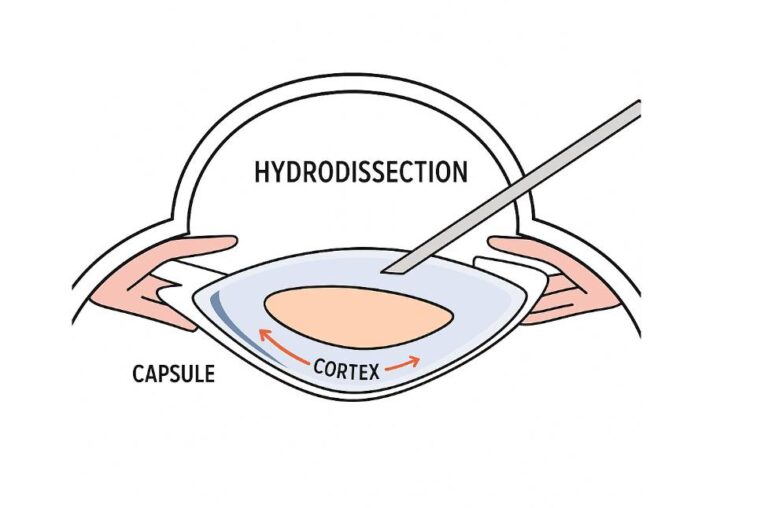Opioids are a class of medications commonly administered or prescribed for pain management. Although effective at relieving pain, opioids can have significant gastrointestinal (GI) side effects that impact patients’ recovery and/or quality of life. Understanding the causes, symptoms, and management strategies for GI side effects from opioids can provide clinically tractable insights for both patients and healthcare providers.
Opioids exert their effects by binding to opioid receptors in the central nervous system, altering pain perception and response. However, opioid receptors are also present in the GI tract, where their activation can lead to side effects 1. Multiple mechanisms underly the GI side effects of opioids. One such mechanism is the inhibition of the activity of smooth muscles in the GI tract, which leads to slowed bowel motility or constipation 2. This effect results in difficulty passing stools and can contribute to abdominal discomfort and bloating 3. Additionally, opioids can decrease the secretion of fluids and enzymes in the GI tract, leading to dry mouth, decreased appetite, and impaired digestion. For example, loperamide, an opioid receptor agonist, and diphenoxylate, an opioid, are usually used as antidiarrhea drugs because of their anti-secretory properties 3. Opioids can increase the tone of the anal sphincter, making it harder to pass stools and contributing to constipation. Research has demonstrated that loperamide increased internal anal sphincter tone and improved continence mechanisms 3. Additional complex and interacting mechanisms contribute to these GI side effects.
The GI side effects of opioids can manifest in various ways. Constipation is one of the most prevalent GI side effects of opioids, characterized by infrequent bowel movements, difficulty passing stools, and a sensation of incomplete evacuation.Opioids can also stimulate the chemoreceptor trigger zone in the brain, leading to nausea and vomiting in some individuals.Finally, patients may experience abdominal pain, cramping, bloating, and discomfort as a result of opioid-induced constipation or changes in GI motility 4.
Managing GI side effects from opioids requires a comprehensive approach aimed at alleviating symptoms while minimizing adverse effects on pain management. Stool softeners and laxatives help soften stools and promote bowel movements, relieving constipation associated with opioid use. Patients should use them under the guidance of a healthcare provider to ensure safe and effective relief 5. In addition, increasing fluid intake and consuming a high-fiber diet can help prevent and alleviate constipation. Patients should aim to drink plenty of water and incorporate fiber-rich foods such as fruits, vegetables, and whole grains into their diet 4. Healthcare providers may consider adjusting the opioid dosage or prescribing alternative pain management strategies to minimize side effects while maintaining pain control 4. For patients experiencing nausea and vomiting, antiemetic medications may be prescribed to help alleviate symptoms and improve tolerability of opioid therapy. Additionally, recently published research has shown that opioids like morphine cause gastric inflammation. This can be reversed by the administration of proton pump inhibitor drugs like omeprazole, an over-the-counter medication commonly used to minimize stomach acid 6. Overall, patients should be sure to receive regular monitoring and follow-up care to assess the effectiveness of the management of both pain and medication side effects.
GI side effects are common complications of opioid therapy and can cause significant discomfort. By understanding the causes, symptoms, and management strategies for GI side effects from opioids, healthcare providers can implement appropriate interventions to minimize discomfort and improve patient outcomes.
References
1. Galligan, J. J. & Sternini, C. Insights into the role of opioid receptors in the GI tract: Experimental evidence and therapeutic relevance. Handb. Exp. Pharmacol. (2017). doi:10.1007/164_2016_116
2. Cook, S. F. et al. Gastrointestinal side effects in chronic opioid users: results from a population-based survey. Aliment. Pharmacol. Ther. 27, 1224–1232 (2008). doi: 10.1111/j.1365-2036.2008.03689.x.
3. Khansari, M., Sohrabi, M. & Zamani, F. The Useage of Opioids and their Adverse Effects in Gastrointestinal Practice: A Review. Middle East J. Dig. Dis. 5, 5 (2013).
4. Gastrointestinal Side Effects of Opioid Analgesics. Available at: https://www.uspharmacist.com/article/gastrointestinal-side-effects-of-opioid-analgesics. (Accessed: 9th April 2024)
5. Camilleri, M., Lembo, A. & Katzka, D. A. Opioids in Gastroenterology: Treating Adverse Effects and Creating Therapeutic Benefits. Clin. Gastroenterol. Hepatol. 15, 1338 (2017). doi: 10.1016/j.cgh.2017.05.014
6. Ghosh, N., Kesh, K., Ramakrishnan, S. & Roy, S. Opioid Use in Murine Model Results in Severe Gastric Pathology that May Be Attenuated by Proton Pump Inhibition. Am. J. Pathol. 192, 1136–1150 (2022). doi: 10.1016/j.ajpath.2022.04.005.

